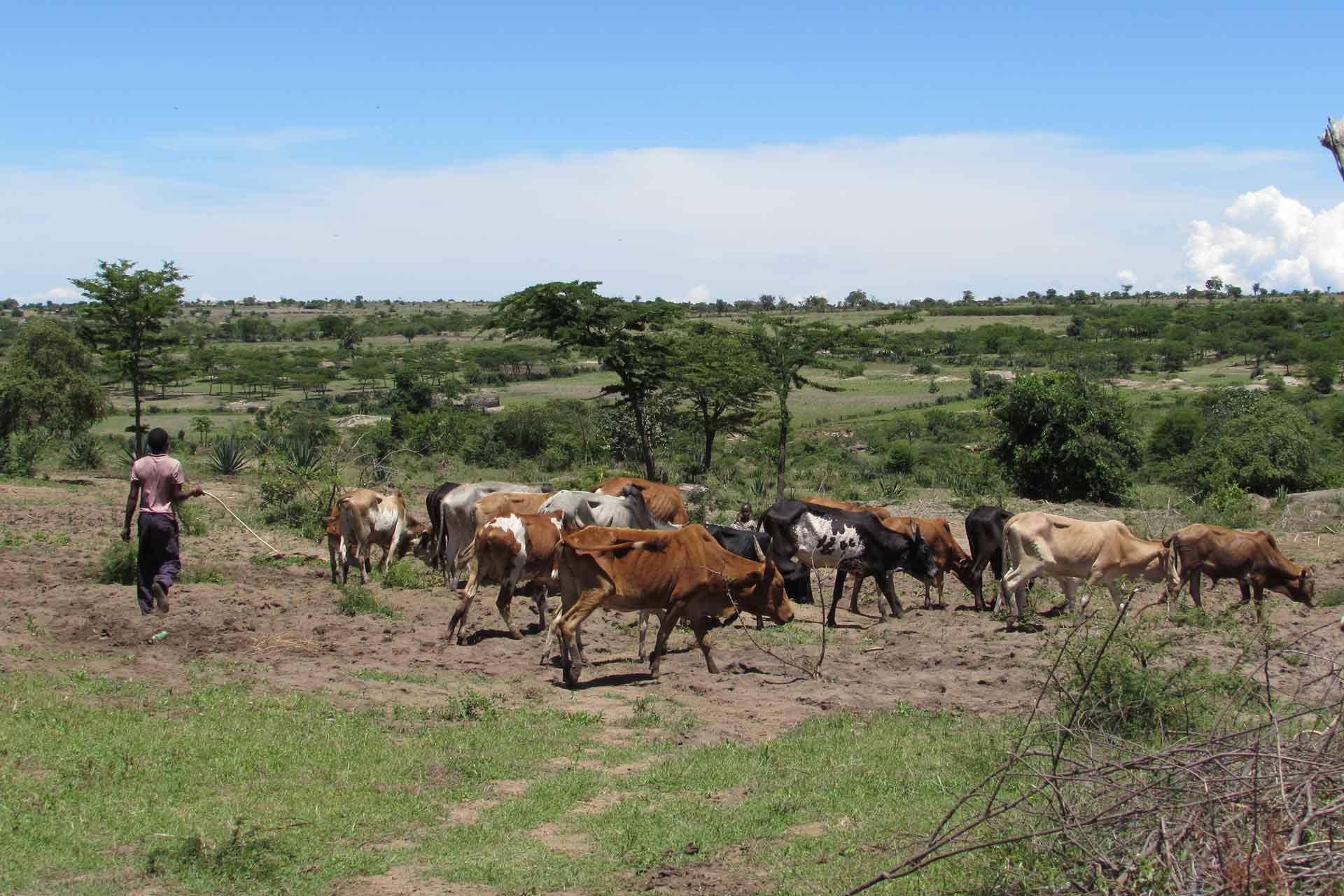Detection of foot-and-mouth disease (FMD) virus in healthy cattle and buffalo at Southeast Asian slaughterhouses
Foot-and-mouth disease virus (FMDV) is widespread throughout much of the world, including parts of South East Asia. As part of the World Organisation for Animal Health (OIE)’s South East Asia and China Foot-and-Mouth Disease Project (SEACFMD), field sampling was performed to help understand evidence of widespread virus exposure observed previously. Serum and dry mucosal swabs were collected to evaluate the presence of FMDV RNA on the nasal, oral, and dorsal nasopharyngeal mucosal surfaces of 262 healthy cattle (n=38 in Laos; n=47 in Myanmar) and buffalo (n=12 in Laos; n=2 in Myanmar) immediately following slaughter in three slaughterhouses. Swabs and serum were tested by the OIE FMD world reference laboratory using pan-serotypic real-time reverse transcription-PCR (RT-PCR) and serum was evaluated using the FMD PrioCHECK non-structural protein (NSP) ELISA. In total, 7.3% of animals had detectable FMDV RNA in one or more of the three sites including 5.3% of nasopharyngeal swabs, 2.3% of oral swabs, and 1.5% of nasal swabs. In all animals, serum was found not to contain detectable FMDV RNA, and 37.8% of animals were positive for NSP antibodies, indicating likely past exposure to FMDV. Results were comparable for Laos and Myanmar, and were similar for both cattle and buffalo. The current study demonstrates the utility of detection by swabbing the nasopharynx in the post-mortem context, in situations such as post-mortem where probang samples are not feasible. Additionally, FMDV present on the oral and nasal mucosa of clinically-healthy large ruminants in Laos and Myanmar, if viable, may potentially play a role in the epidemiology of FMD in these countries, and perhaps more widely within Southeast Asia.

